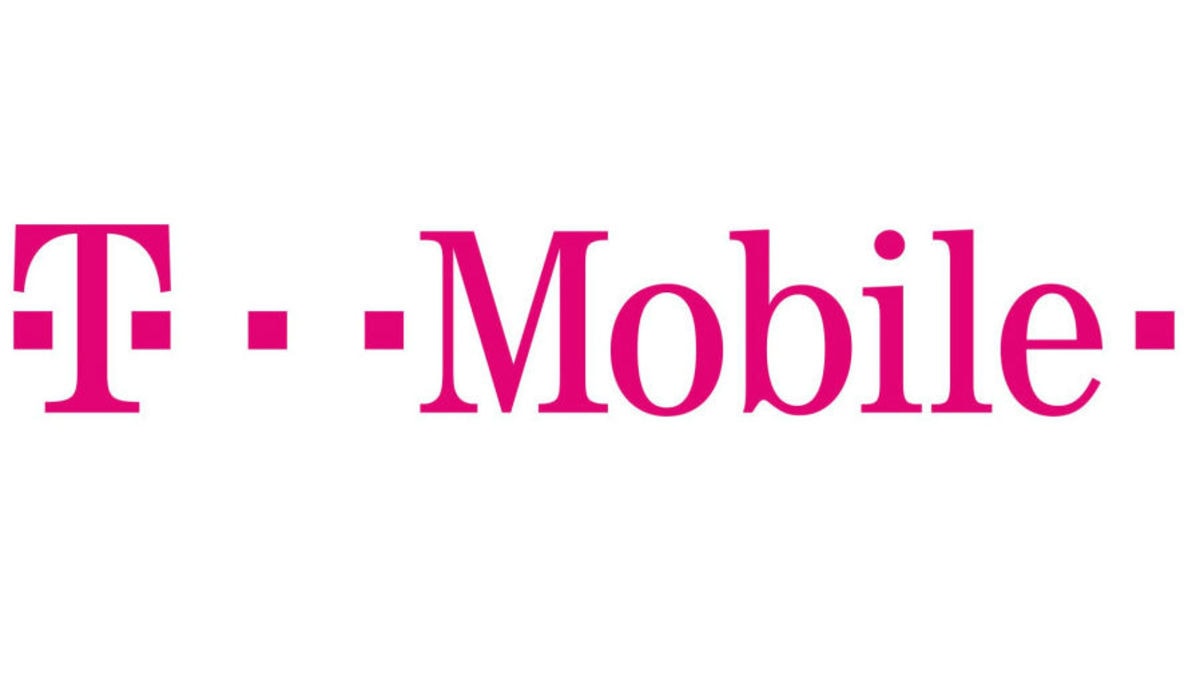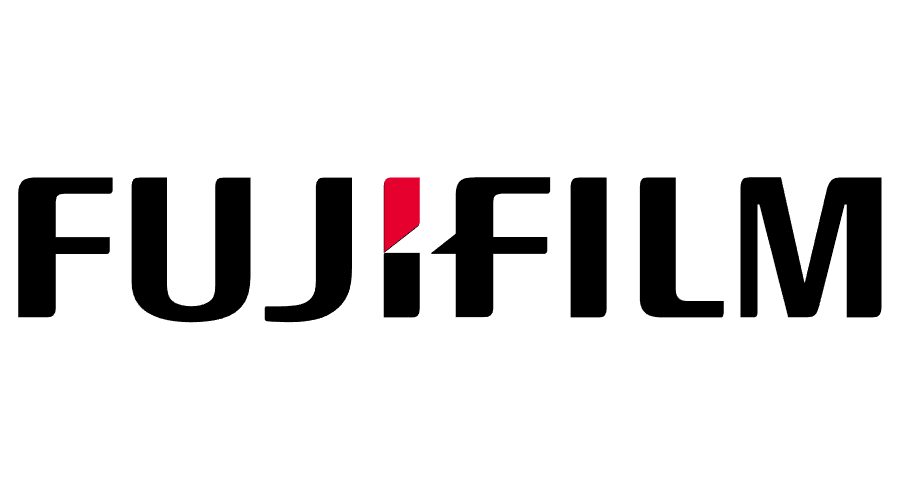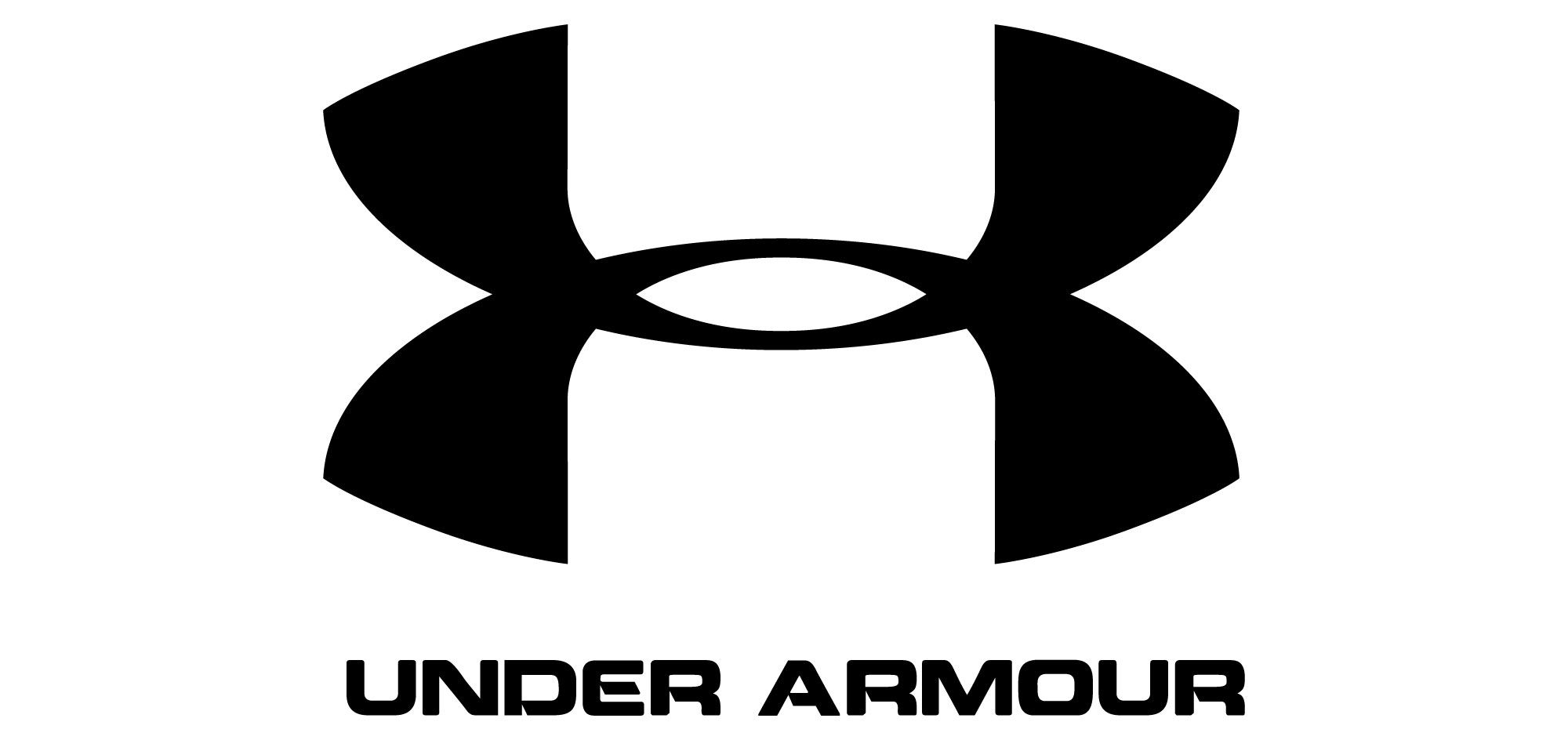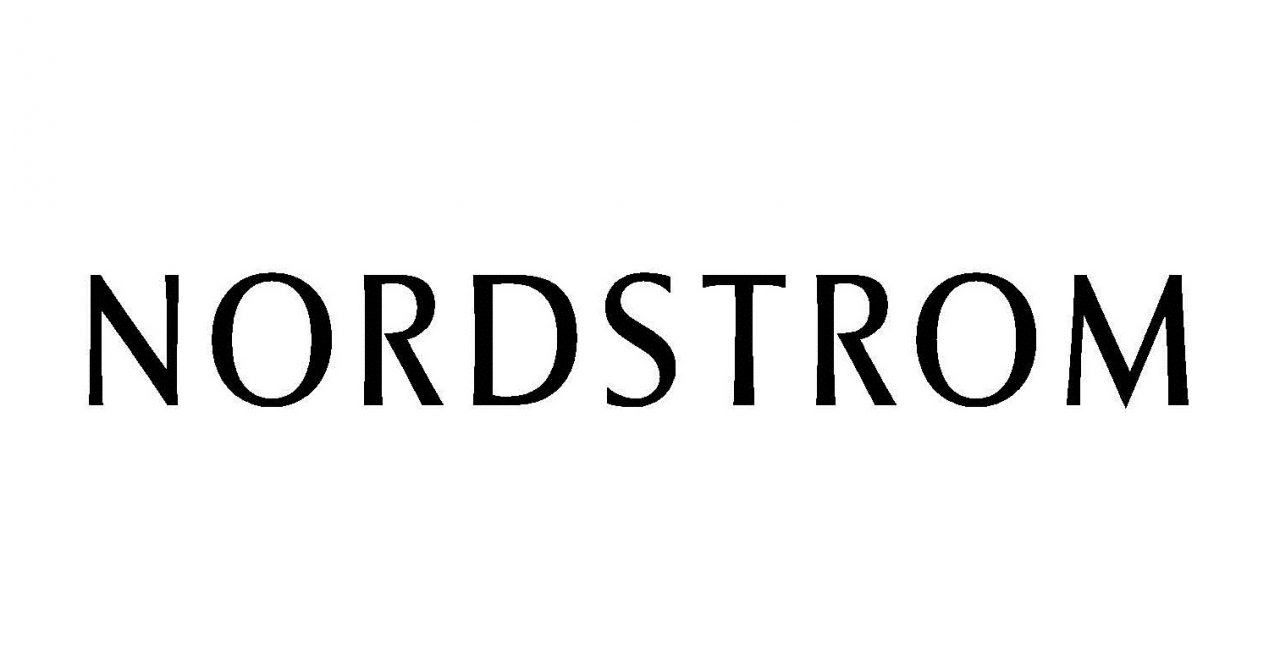Key Takeaways
- Highlight Your Skills Alongside Your Title
Emphasizing your specific skills on your business card, in addition to your job title, showcases the unique value you offer. This approach differentiates you from others with similar titles and provides recipients with a clearer understanding of your expertise. - Opt for a Clean and Readable Color Scheme
Choosing a simple and clean color scheme enhances the readability of your business card. Overly complex designs can distract from essential information, so a minimalist approach ensures your message stands out effectively. - Balance Creativity with Practicality
While creative designs can make your card stand out, it's crucial to ensure they don't compromise functionality. Unusual dimensions or extravagant designs might hinder usability and distract from your core message, so balance is key. - Avoid Overloading Information
Keeping your business card uncluttered by including only essential information ensures that recipients can quickly grasp your key details without feeling overwhelmed. A concise card is more effective and leaves a lasting impression. - Ensure the Three Ws: Who, What, Where
Your business card should clearly convey who you are, what you do, and where you can be contacted. Including these fundamental details ensures recipients have all necessary information to reach out, facilitating seamless communication.
First impressions matter, particularly in the competitive world of business. If your business card doesn’t deliver a good impression, it’s very likely that prospects will pass you over in favor of a different company, contractor or organization.
Is your business card as good as it could be? More importantly, when a prospective customer or client slides your business card into their pocket, will they remember who you are and what value you can offer when they next pull it out?
There’s a massive amount of advice out there on business cards, some of it useful and some of it less than helpful. While it may seem unimportant, the way that your business card looks and feels can have a huge impact on how people perceive you.
Would you like to design a better business card? The five techniques below make it easier than ever to design and create a business card that emphasizes your strong points and makes remembering you a breeze.
Built your business card around your talents, not your position
If you’re a contractor or part of a service business, you may be able to attract more interest from prospective customers or clients by focusing your business card on your skills and talents, not your position.
By all means, include your title in your business card. But consider also listing the key skills you bring to projects and assignments to help yourself stand out from all the other contractors and service providers in your field.
Choose a simple color scheme that makes readability perfect
It’s easy to get carried away with a complicated or overly unique color scheme for your business card. After all, a business card is a piece of your personality, and it’s always fun to create something unique and instantly identifiable as yours.
However, it’s often best to choose a simple color scheme for your business card in place of a more unique one. Instead of choosing a bold color scheme, stich with an extremely simple one that makes reading your business card’s text easier.
Get creative, but not if it affects your business card’s message
It’s great to be creative with your business card, but it’s also easy to be too creative and design something that’s no longer functional. Remember that the first – and by far the most important – job of your business card is to sell you as a person.
Unusual dimensions, charismatic color schemes and other creative elements often end up distracting from this job, leaving you with a business card that’s creative as an interesting, unique design but far from useful for prospective customers.
Avoid stuffing too much information onto your business card
Many people make the mistake of including all of their information – for example, skills that just aren’t useful or an overly complicated title – on their business card, resulting in a card that’s detailed but challenging to read.
Instead of including all of your information, strip your business card down to the essentials. Great business cards include all of the important information but never feel overly cluttered or crowded with unnecessary text.
Make sure it covers the three Ws: who, what and where
Does your business card explain who you are, what you do and where you can be contacted? These three elements are critical for any business card, but they’re all too often skipped over in favor of a unique design or creative wording.
When you’re designing your business card, start with the three Ws and then move onto a creative color scheme or unique design. These three elements ensure your business card has all the information prospects need to get in contact with you.
FAQs
- Why should I highlight my skills on my business card?
Highlighting your skills showcases the unique value you offer, making your card more memorable to potential clients or partners. This focus can set you apart from others with similar job titles and provides a clearer understanding of your expertise. - How does a simple color scheme benefit my business card?
A simple color scheme enhances readability and ensures that essential information stands out. It prevents the card from appearing cluttered or distracting, making it more professional and effective in conveying your message. - Can too much creativity harm my business card's effectiveness?
Excessive creativity, such as unconventional shapes or elaborate designs, can hinder functionality and distract from your core message. Balancing creativity with practicality ensures your card remains effective and user-friendly. - What information is essential on a business card?
Essential information includes your name, job title, company name, contact details (phone number, email), and company logo. Including these ensures recipients can easily identify and contact you, facilitating effective communication. - Why is it important to include the 'Who, What, Where' on my card?
Clearly stating who you are, what you do, and where to contact you provides recipients with all necessary information. This clarity facilitates seamless communication and potential business opportunities, ensuring your card serves its purpose effectively.














